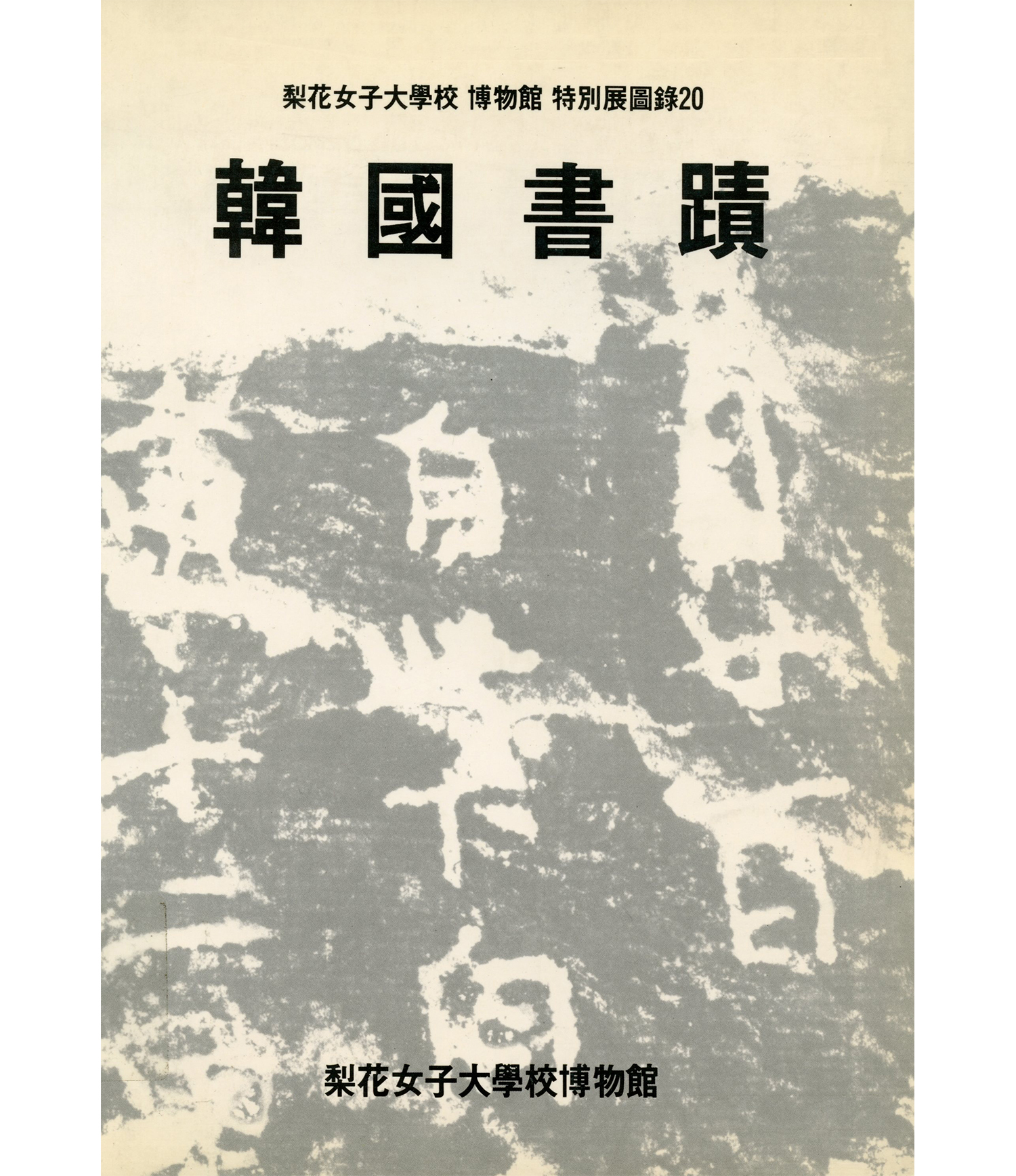
- Korean Calligraphy
- 전시장소Ewha Womans University Museum
- 전시기간1992.05.30. . - 1992.06.30. .
This exhibition portrayed changes in the style of calligraphy from the Three Kingdoms period (57 B.C.-668) to the Joseon dynasty (1392-1910). The collection included rubbings of inscriptions on tombstones and bronze bells, as well as some 120 calligraphy pieces. Pyeongyangseong byeokgakseok of the Goguryeo kingdom (37 B.C.-668) is the 642nd National Treasure, and the Musem's rubbing of it is the only copy that has been well preserved in South Korea. Also displayed from the aforementioned periods were the following artifacts: the recently discovered Jungwon Goguryeo Monument, rubbings of tomb tablets or stele for renowned monks from the Silla (57 B.C.-668) and Goryeo (918-1392), and rubbings of the King Seongdeok Bell and other bronze bells. The rubbings of tomb tablets and stele are valuable historical data in that they were done in the writing styles of the eminent Chinese calligraphers Ouyang Xun, Yan Zhenquing, Wang Xizhi. The most famous ancient book included a Buddhist scripture, the 352nd National Treasure, that was written in 1386. Also on exhibit were calligraphy from Lee Hwang and Lee Yul-gok, both of whom were respected philosophers and scholars of Joseon, as well as calligraphy from many other famous scholars, kings, and queens of Joseon.